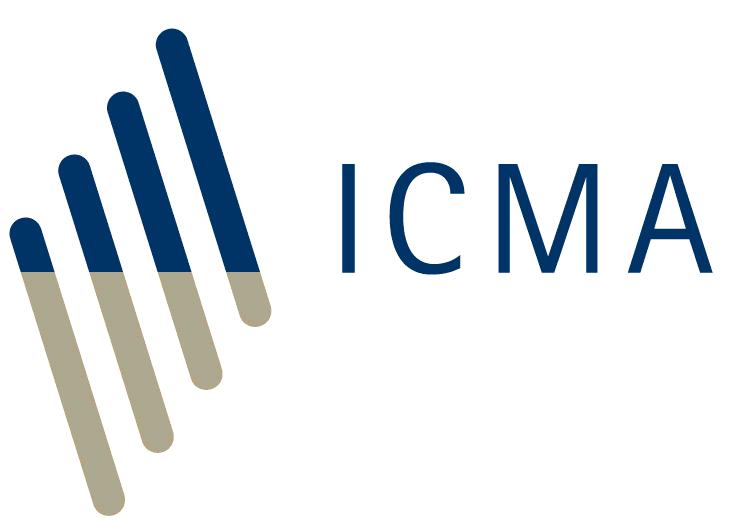Traditional bonds are typically held in either physical, “immobilised”, or “dematerialised” (account-entry only) form, through a series of intermediaries linking the issuer and the ultimate noteholder. They may also be held by noteholders directly in physical form, although this is now rare5 . By way of summary:
- Physical: The entitlement to bonds issued in paper-based form, also referred to as “definitive”, “materialised” or “certificated”, is represented by possession of a physical instrument, such as a bearer bond. Historically, Eurobonds issued under English law and held for the two ICSDs (Euroclear Bank and Clearstream) were in “definitive form”.
- Dematerialised: The entitlement to dematerialised bonds such as registered bonds is represented in account-entry records and transfers made by book entries but there is generally no physical instrument, also referred to as “uncertificated bonds” in some jurisdictions. Dematerialised instruments are prevalent in most European jurisdictions. The examples referred to under question 5 a) fall in this category. Physical certificates can be issued to evidence title in dematerialised bonds, but it does not represent legal title itself.
- Immobilised: Physical bonds are now generally immobilised and issued in the form of a single physical instrument, referred to as a “global” instrument. They are held by a depository or nominee, and the ultimate entitlement to which is represented by the account-entry records and transferred by book entries in those records. This is typically now the case for most Eurobonds which are issued in physical form.
DLT instruments use DLT or blockchain to perform the role of the keeping of records and book entries. As noted above in Q&A 5, DLT or blockchain could be used to perform a similar role to the records (bearer or dematerialised bonds), (and regardless of immobilisation), depending on the legal structure adopted. Note the term “immobilised” in Q&A 5 relates to an operational, rather than legal perspective, and refers to a traditional instrument in its different forms described above, which is held or immobilised and represented through a token on a DLT network, where for example, change of ownership can be recorded.
Critically, a DLT bond is still a “bond”, being ordinarily understood as a bundle of legal rights as between an issuer and holder, having enforceable existence and with the capacity to be traded. Whether DLT or blockchain can be used to perform some or all of the roles described above (including if the DLT or blockchain can ever be the “source” of the legal rights and obligations between issuers and holders) will be dependent on a mix of law and contract and each jurisdiction is likely to be different. This will have an impact on the future utility and functionality of DLT bonds. See further information on how law and regulation are adapted in key jurisdictions in ICMA’s DLT Regulatory Directory.
See annex 1 and 2 for a visual representation of how a traditional bond in immobilised form may be held compared to a DLT bond.
Some of the implications and benefits of a new blockchain- or DLT-based systems are outlined in Q&As 10 and 11.
5 It is commonplace however for bond documentation to be drafted in a manner that assumes the bonds are held in definitive form, even if this isn’t the case in practice. A mechanism for exchanging interests in a global instrument for definitive instruments is often also included, designed to operate as a fallback in the event the clearing systems fail.
Back to Frequently Asked Questions on DLT and blockchain in bond markets
<<< Previous page Next page >>>







